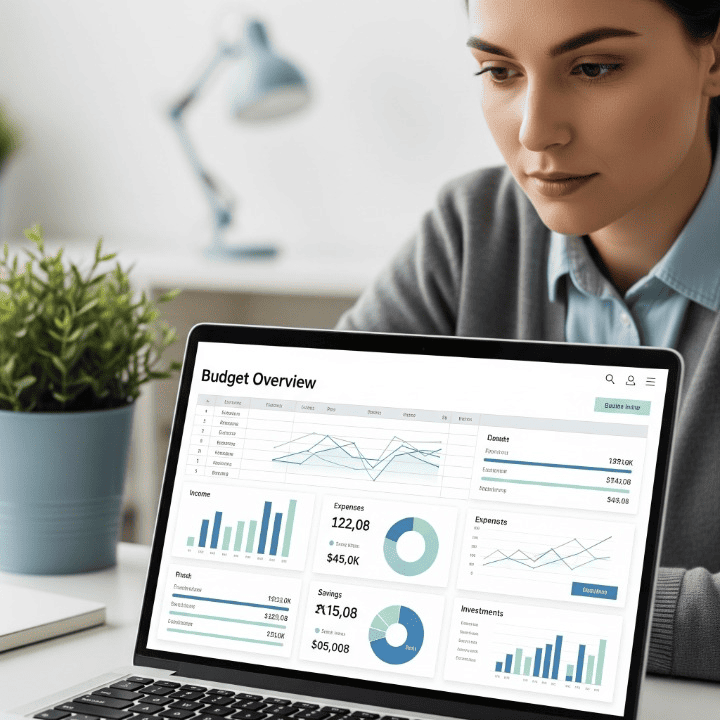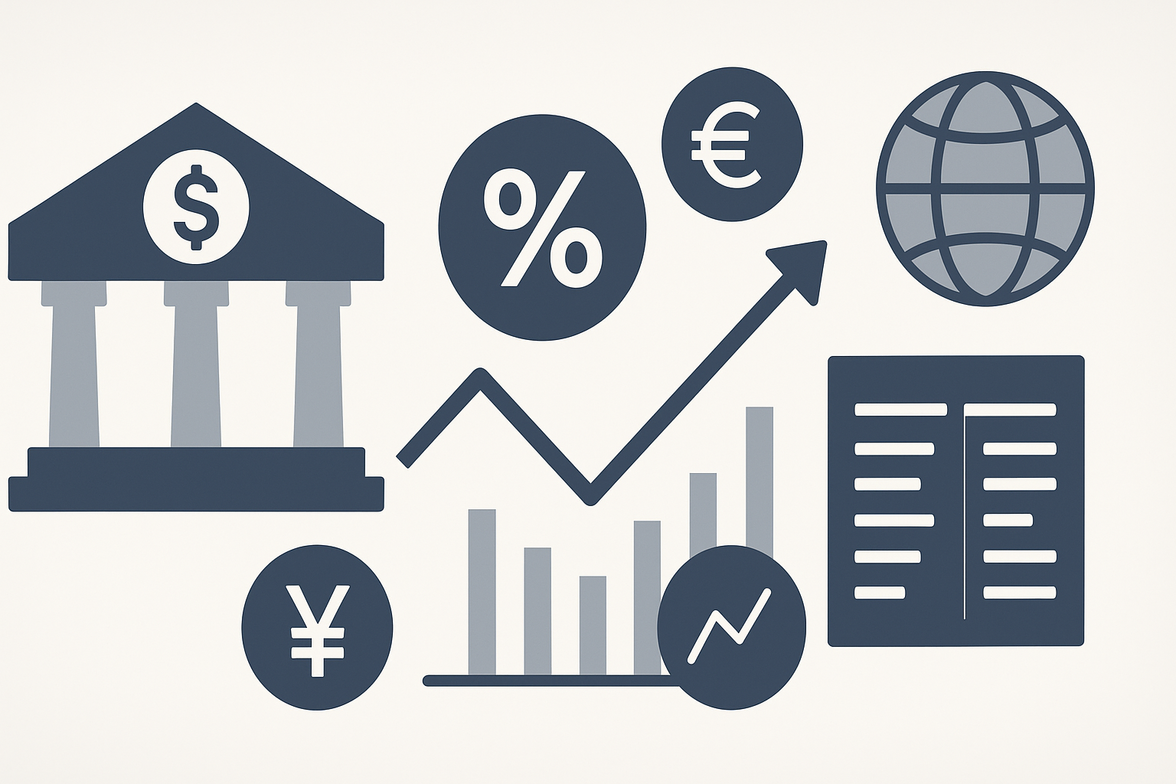
Introduction
Many people feel overwhelmed by their financial situation. They might wonder where all their money goes each month or feel stuck in a cycle of debt. The truth is, managing your money doesn’t have to be a mystery. The secret to financial stability isn’t a complex stock market strategy or a lottery win; it’s a simple, powerful tool: a budget. A budget gives you a clear picture of your income and expenses. It’s the first and most crucial step toward achieving your financial goals, whether that’s saving for a down payment, paying off debt, or building an emergency fund. This comprehensive guide will walk you through a simple, effective process to create a budget that works for you, empowering you to take charge of your financial future and build lasting wealth.
Step 1: The Critical Foundation – Tracking Your Income and Expenses
Before you can plan for the future, you need to understand your current financial reality. This first step is all about data collection, and it is the most critical part of the process. For at least one full month, you must track every single dollar you earn and spend. This includes everything: your salary, any freelance income, your rent, groceries, gas, coffee, and even small, seemingly insignificant purchases. Do not leave anything out. You can use a simple spreadsheet, a notebook, or a budgeting app to record this information. Be as detailed as possible. The goal is to see where your money is actually going, not where you think it’s going. This information will be the foundation for your entire budget. It’s a critical, eye-opening exercise that many people skip, and it’s the most common reason why budgets fail. Taking the time to do this with honesty and diligence will set you up for success.
Step 2: Gaining Clarity – Categorizing Your Spending
Once you have your data, it’s time to organize it. Group your spending into logical categories. This process helps you see patterns and identify areas for improvement. Common categories include:
- Fixed Expenses: These are costs that stay the same each month, like rent or mortgage, car payments, insurance premiums, and loan repayments. You can easily predict these expenses.
- Variable Expenses: These costs change from month to month. Examples include groceries, dining out, utilities, gas, and entertainment. Tracking these closely helps you find areas to save.
- Periodic Expenses: These are expenses that don’t occur every month, but you need to budget for them. Think of annual subscriptions, car maintenance, holiday gifts, or vet visits. Setting aside a little bit each month for these helps you avoid financial surprises.
After categorizing, calculate the total spent in each group. This will reveal your spending habits and highlight areas where you might be overspending. For instance, you might discover that you spend more on dining out than you do on groceries, a common revelation for many people. This clarity is what makes your budget effective.
Step 3: Giving Your Money a Purpose – Setting Your Financial Goals
Now that you know your current financial situation, you can set clear, intentional goals. What do you want your money to do for you? Do you want to pay off credit card debt? Save for a down payment on a house? Build a three-month emergency fund? Having specific, measurable goals gives your budget a purpose. This makes the process of cutting back on spending much easier because you understand the “why” behind your choices. Your goals should be S.M.A.R.T.: Specific, Measurable, Achievable, Relevant, and Time-bound. For example, instead of “I want to save money,” your goal should be “I will save $5,000 for a down payment in 12 months.” A clear goal turns a simple list of numbers into a powerful tool for change.
Step 4: Building Your Blueprint – The Budgeting Frameworks
With your income, expenses, and goals in hand, you can build your budget. There are many budgeting methods, but here are some of the most popular and effective:
The 50/30/20 Rule
This is a simple, flexible framework.
- 50% for Needs: Allocate about 50% of your after-tax income to essential living expenses. These are the things you can’t live without, like rent, groceries, utilities, and transportation.
- 30% for Wants: Devote around 30% of your after-tax income to wants. These are non-essential items that improve your quality of life, such as dining out, shopping, hobbies, and travel.
- 20% for Savings and Debt Repayment: The remaining 20% should go toward your financial goals. This includes building your emergency fund, contributing to retirement accounts, and paying down debt beyond the minimum payments.
The Zero-Based Budget
With this method, you give every single dollar a job. Your income minus your expenses should equal zero. This doesn’t mean you spend all your money; it means you allocate every dollar to a specific category, including savings and investments. This method is great for those who want to be very intentional with their money.
The Pay-Yourself-First Method
This is a simple, automated approach. As soon as you get paid, you automatically transfer a set amount of money to your savings and investment accounts. You then use the remaining money for your expenses. This method prioritizes saving and ensures you meet your financial goals before you even think about discretionary spending.
The most important thing to remember is that you must choose a method that works for you and your lifestyle. The best budget is the one you will actually stick to. This simple principle is the cornerstone of effective financial planning.
Step 5: Staying on Track – Review and Adjust
Your first budget will not be perfect. That’s okay. A budget is not a set-it-and-forget-it tool. It’s a living document that needs regular review. Set aside time each week or month to compare your actual spending with your budget. If you overspent in one category, look for opportunities to cut back in another. Life happens, and your budget should be flexible enough to accommodate unexpected expenses or changes in your income. This regular review process ensures your budget stays relevant and effective. It helps you stay on track and makes you feel more in control of your financial journey. Embrace the process of learning and adapting, and you will see significant progress over time.
Conclusion
Budgeting is more than just a list of numbers; it’s a powerful strategy that puts you in the driver’s seat of your financial life. By taking the time to track your spending, categorize your expenses, and set clear goals, you can create a budget that works for you. Whether you choose a framework like the 50/30/20 rule or a more hands-on approach like zero-based budgeting, remember to tailor it to your personal needs. Regularly reviewing and adjusting your budget is key to its long-term success. Ultimately, mastering this skill is not about deprivation; it’s about making conscious choices about your money. It’s about aligning your spending with your values and building a solid foundation for a secure and prosperous future. Taking control of your finances is an act of empowerment, and budgeting is the first and most rewarding step on that journey.



